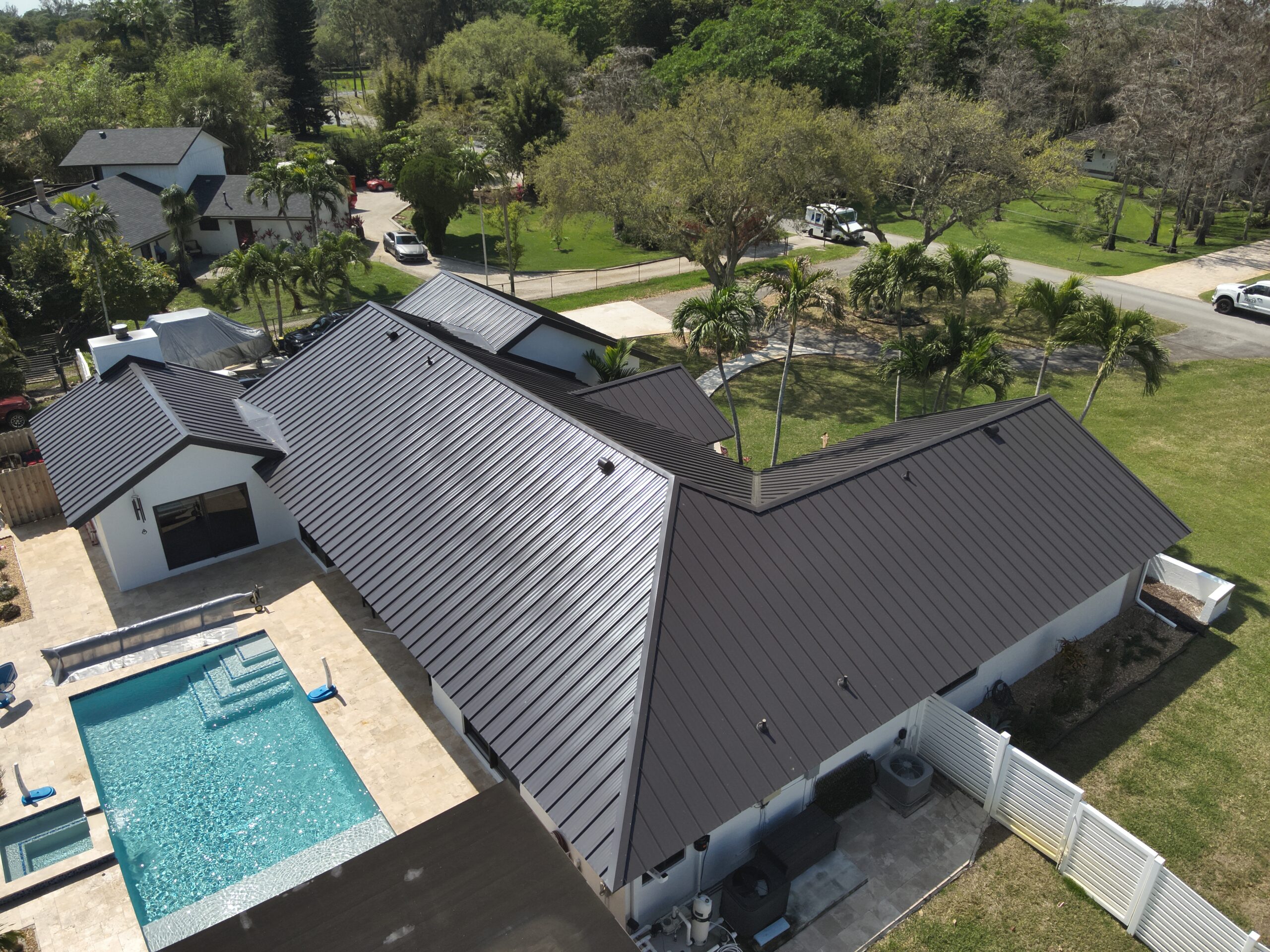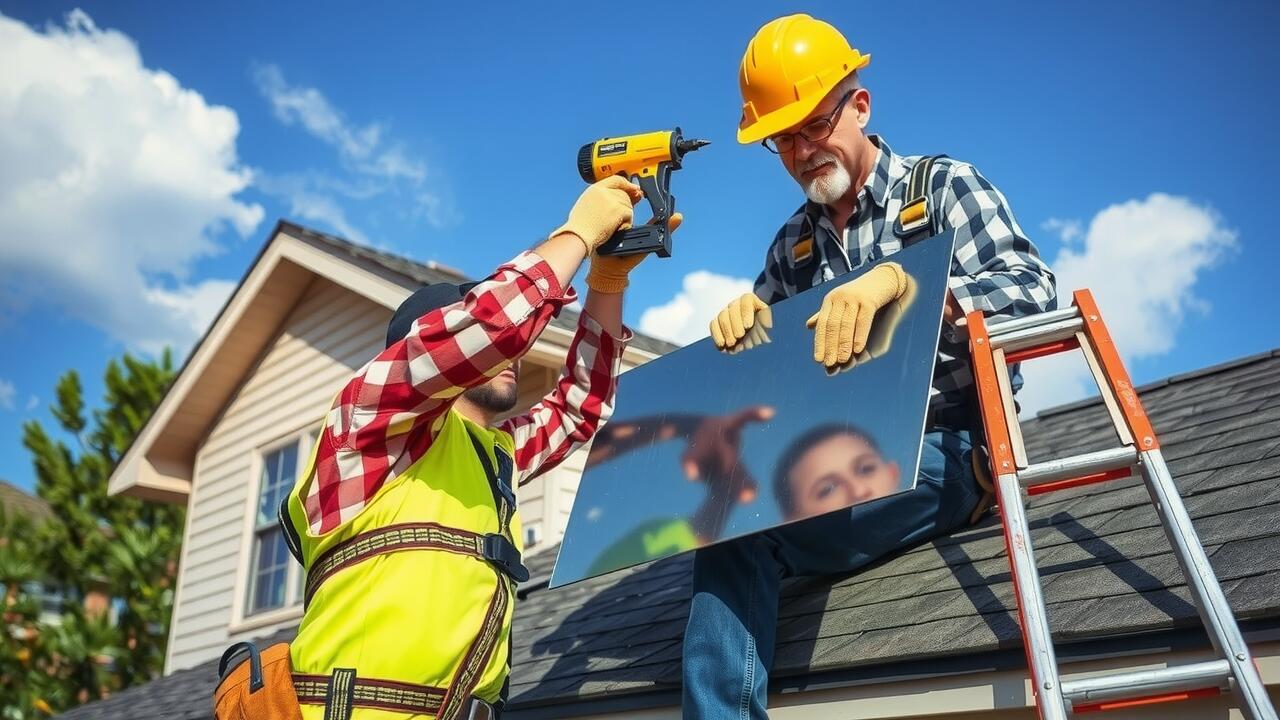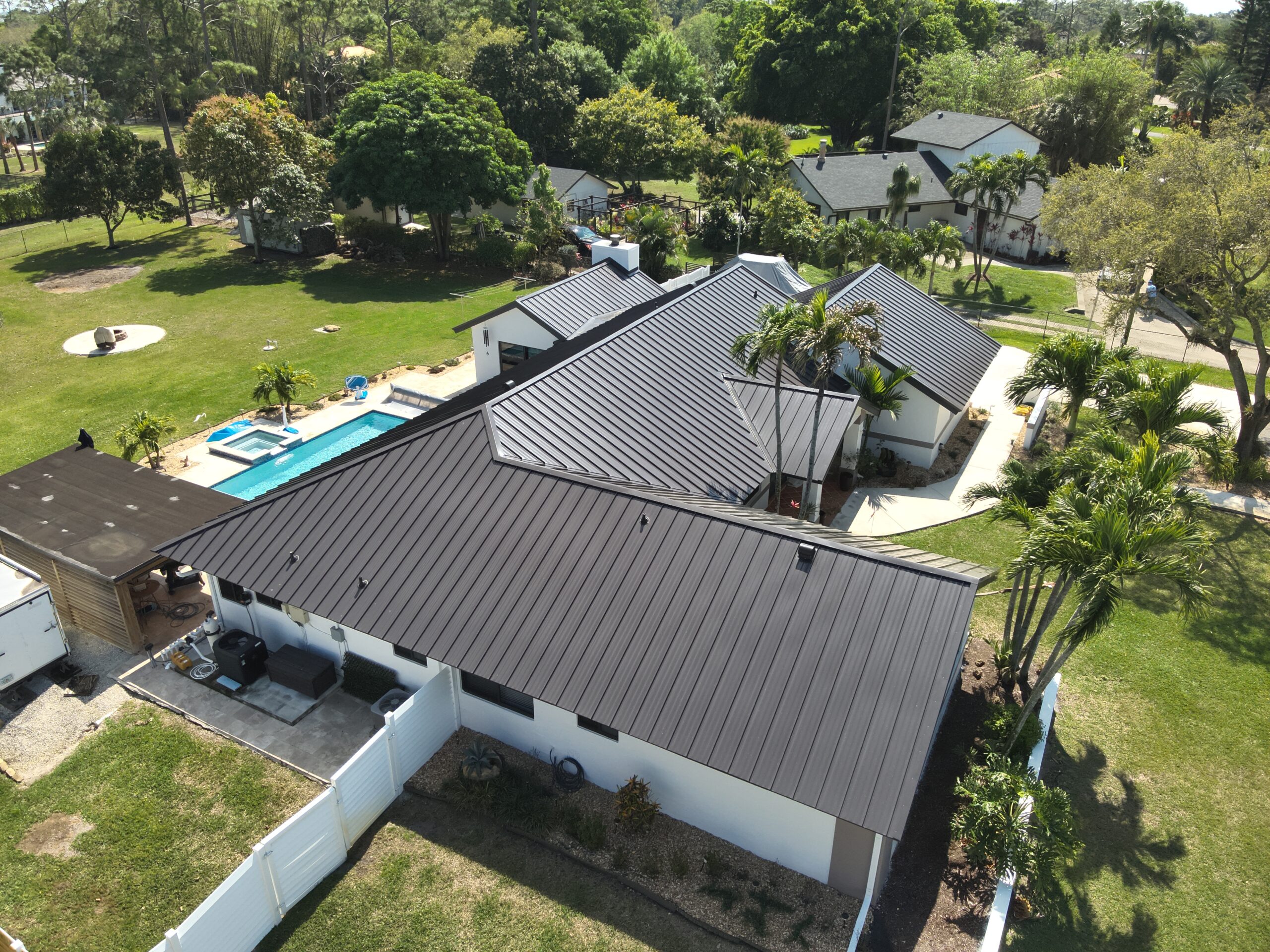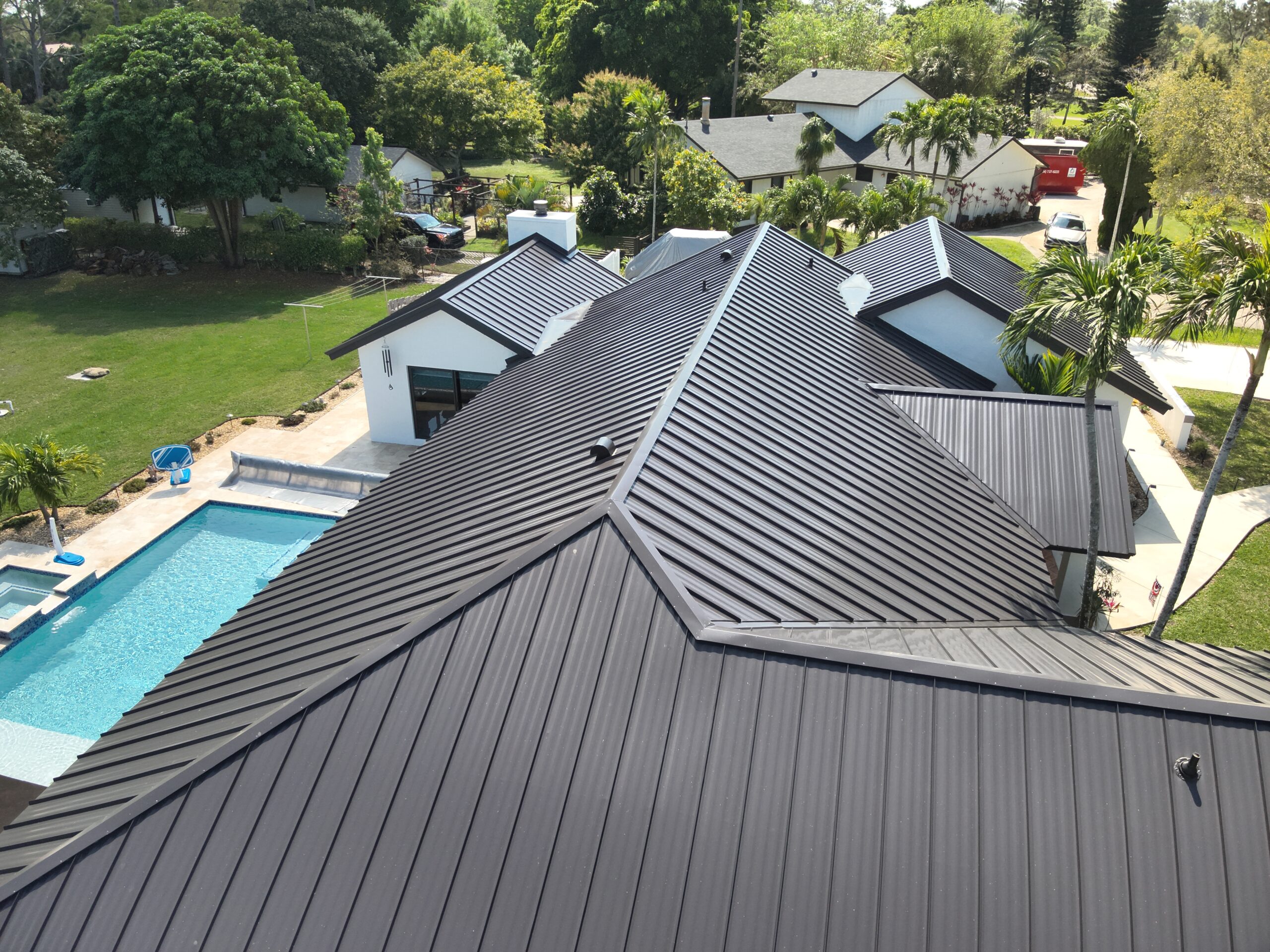
Comparing Metal Roofs to Other Roofing Materials
When evaluating roofing options, metal roofs frequently stand out due to their durability and longevity. They typically last longer than traditional materials such as asphalt shingles and tile. While the initial investment for a metal roof may be higher, many homeowners find that the long-term savings in maintenance and energy efficiency justify the expense. Metal roofs reflect sunlight, which can help keep homes cooler, leading to reduced energy costs during hot months.
In regions like Florida, where weather conditions can be harsh, the benefits of a metal roof become even more pronounced. Metal roof replacement Florida has gained popularity as residents seek solutions that withstand humidity and severe storms. Other materials may require frequent repairs or replacements in such climates, while metal roofs tend to resist rust and corrosion, making them an attractive choice for homeowners looking for reliability and performance over time.
Cost Comparison with Shingles and Tiles
When comparing the costs of a 2000 sq ft metal roof to traditional roofing materials like asphalt shingles and tiles, a significant difference emerges. Asphalt shingles typically range from $3 to $5 per square foot, while tile roofs can cost between $7 and $15 per square foot. In contrast, metal roofs generally land within the $5 to $12 per square foot range. While metal roofing may seem more expensive upfront, its durability and longevity often result in cost savings over time.
In regions like Florida, where weather conditions can be extreme, the choice of roofing material becomes even more critical. Metal Roof Replacement Florida provides an option that stands firm against high winds and heavy rainfall, making it a prudent investment for homeowners. The initial expense may be higher than shingles or tiles, but the reduced need for frequent repairs and longer lifespan of metal roofs can justify the initial costs in the long run.
Regional Price Variations
The cost of a metal roof can vary significantly depending on the region. In areas like Boca Raton, Florida, prices may reflect local market conditions, labor costs, and material availability. These regional variations are influenced by climate, as certain locations may require more durable materials to withstand extreme weather. Additionally, local building codes can affect the overall price, requiring specific types of roofing systems or installation methods that may not be necessary in other regions.
Labor costs also play a crucial role in determining the final price for installation. In urban areas or regions with a high demand for construction, such as Boca Raton, contractors may charge more due to the competitive market. This can lead to higher expenses for homeowners looking to invest in metal roof replacement. Understanding these regional dynamics can provide insight into what to expect when budgeting for a metal roofing project.
How Location Affects Material Costs
Regional differences significantly influence the cost of materials for metal roofs. Areas with a higher demand for roofing services may see elevated prices due to competition among contractors and suppliers. Additionally, local climate conditions can affect the choice of materials, with regions prone to severe weather requiring more durable options that could increase overall costs.
For example, a metal roof replacement Florida may be affected by the availability of local suppliers and the costs associated with shipping materials from other states. Urban areas often experience higher labor rates compared to rural settings, impacting the overall cost of installation. Understanding these regional dynamics helps homeowners make more informed decisions regarding their roofing projects.
Additional Costs to Consider
When budgeting for a metal roof, it’s essential to factor in additional costs beyond the material itself. Accessories such as flashing, ridge caps, and gutters will contribute to the overall expense. Items like underlayment, which provides added weather resistance and insulation, are also necessary for long-lasting performance. These components may vary in price depending on the quality and specifications you choose, impacting the total cost of your project.
Labor costs can also significantly affect the final price of your metal roof installation. Not all roofing contractors charge the same rates, and skilled labor may be more expensive but could ultimately lead to a better installation. If you’re considering a project like Metal Roof Replacement Florida, getting multiple quotes can help you understand the full scope of costs involved and allow you to make a more informed decision regarding your roofing needs.
Accessories and Underlayment Expenses
When considering the overall cost of installing a metal roof, it’s important to factor in accessories and underlayment expenses. These elements play a crucial role in ensuring the longevity and efficiency of the roofing system. Accessories may include flashing, ventilation systems, and gutters, which are essential for proper drainage and protection against water infiltration. Quality underlayment provides an additional layer of moisture protection, enhancing the roof’s durability.
In regions such as Florida, where metal roof replacement is becoming increasingly popular, the cost of these accessories can vary. The humidity and intense sun can necessitate higher-quality materials to withstand the environmental impact. This can lead to an increase in total expenses, making it vital for homeowners to budget accordingly when planning for a metal roof installation. Understanding these additional costs ensures a more comprehensive financial outlook on the overall roofing project.
FAQS
What is the average cost of a 2000 sq ft metal roof?
The average cost for a 2000 sq ft metal roof typically ranges from $12,000 to $24,000, depending on the type of metal used and installation factors.
How do metal roofs compare in cost to shingles and tiles?
Metal roofs generally cost more upfront compared to asphalt shingles but may be less expensive than high-end tile roofs. While shingles can range from $6,000 to $14,000 for a 2000 sq ft area, tiles typically cost between $15,000 and $30,000.
Are there regional price variations for metal roofing?
Yes, regional price variations can significantly impact the cost of a metal roof, influenced by local labor rates, supply chain factors, and demand for roofing materials in specific areas.
How does location affect the material costs of a metal roof?
Material costs can vary by location due to transportation costs, local market conditions, and the availability of specific materials, which can lead to higher or lower overall expenses.
What additional costs should I consider when installing a metal roof?
In addition to the cost of the metal roofing panels, you should consider expenses for accessories (such as flashing and fasteners), underlayment, and potential modifications to the roof structure or removal of the old roof.


